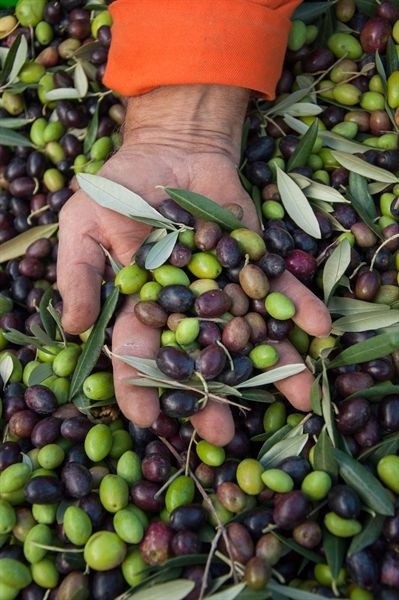Dalmatian olive culture pays a visit to the Croatian capital
Before the first days of summer take the holiday crowds from continental Croatia to the coast, a charming project brings a whiff of the Adriatic to the Croatian capital. The Ethnographic Museum in Zagreb is hosting an exhibition titled ‘Sweet, but not honey; bitter, but not wormwood: olive culture and olive oil in Dalmatia’.
Between February 15 and April 15, visitors will have an opportunity to get some insight into the common olive varieties, olive harvests, methods of transport and storage, and the processing of olives, both in smaller quantities and in oil mills.

Originally prepared by the Ethnographic Museum in Split, the exhibition also aims to highlight the health benefits of the consumption of olive oil, and will present certain traditional customs and folk beliefs in which olives play a significant part.

The population of the eastern Adriatic first started using the precious fruit to produce the so-called liquid gold in the 9th century BC. Over the following three millennia, olive cultivation saw several alternating periods of growth and decline, but this “resilient, humble and long-living fruit has always been at people’s disposal as a source of food, warmth and light.” Olives have long been a staple part of traditional cuisine, olive wood was used as construction material and firewood, olive leaves were fed to cattle, and the renowned oil served as a nutrient, a medicine, and as fuel for oil lamps.

A part of the exhibition is dedicated to the traditional processing of olives in small quantities: olives would first be ground in hand-operated stone mills, with the resulting paste trodden with the feet to extract the precious oil.
With Croatian olive oil in focus, the exhibition opening saw a presentation of the upcoming Olive Festival which will take place in Zagreb from February 23 to 25.
Source and photo credit: Ethnographic Museum in Zagreb







